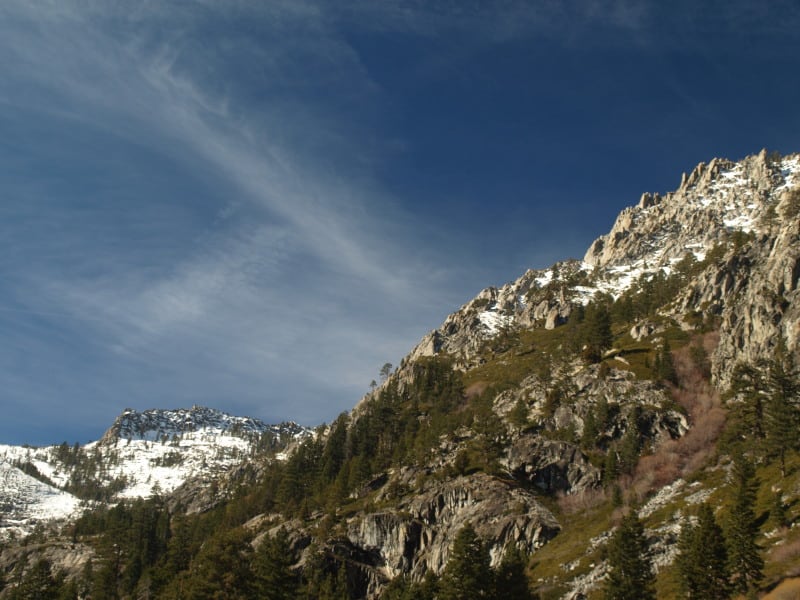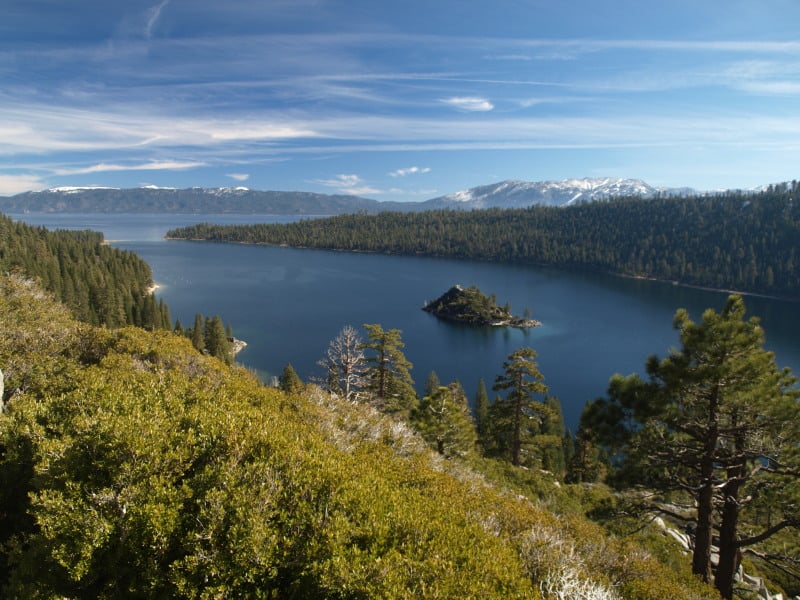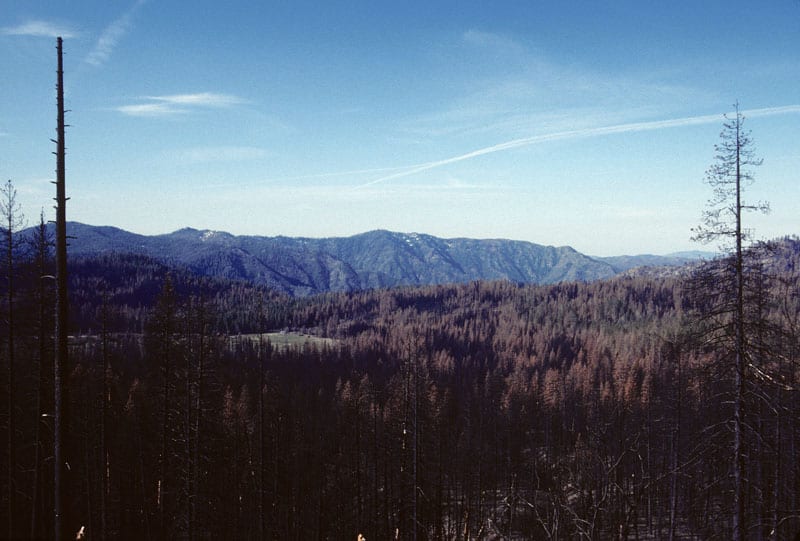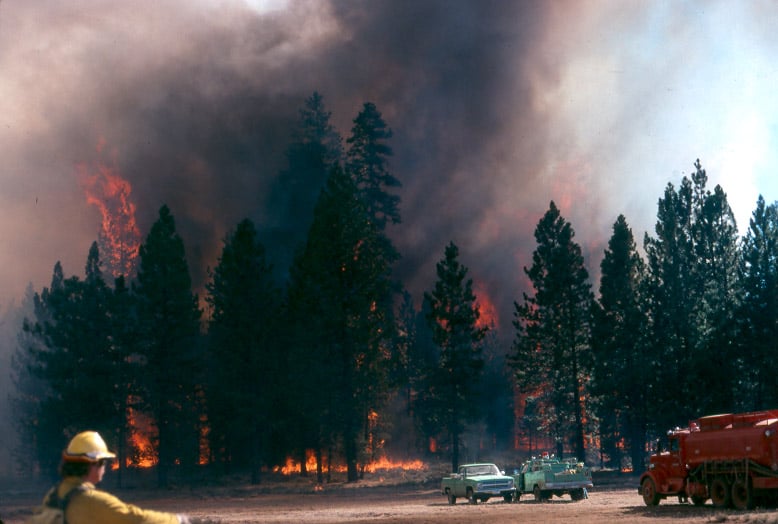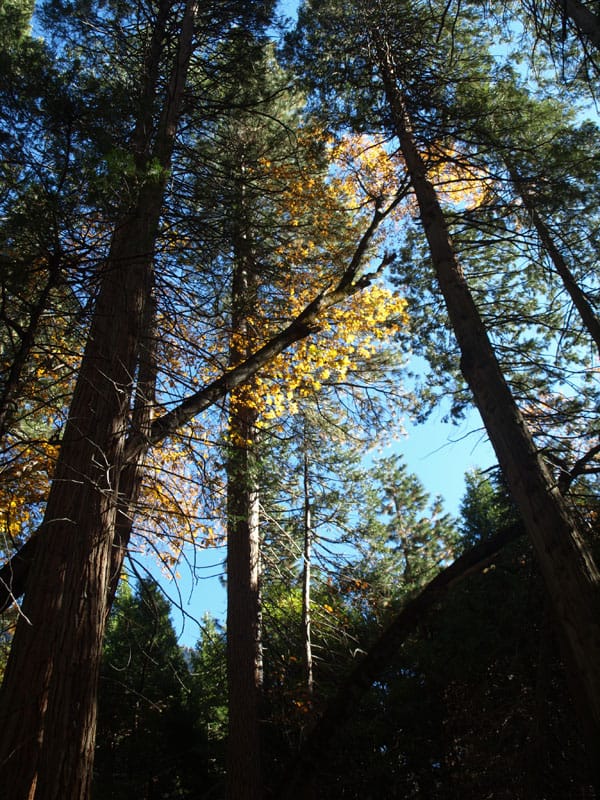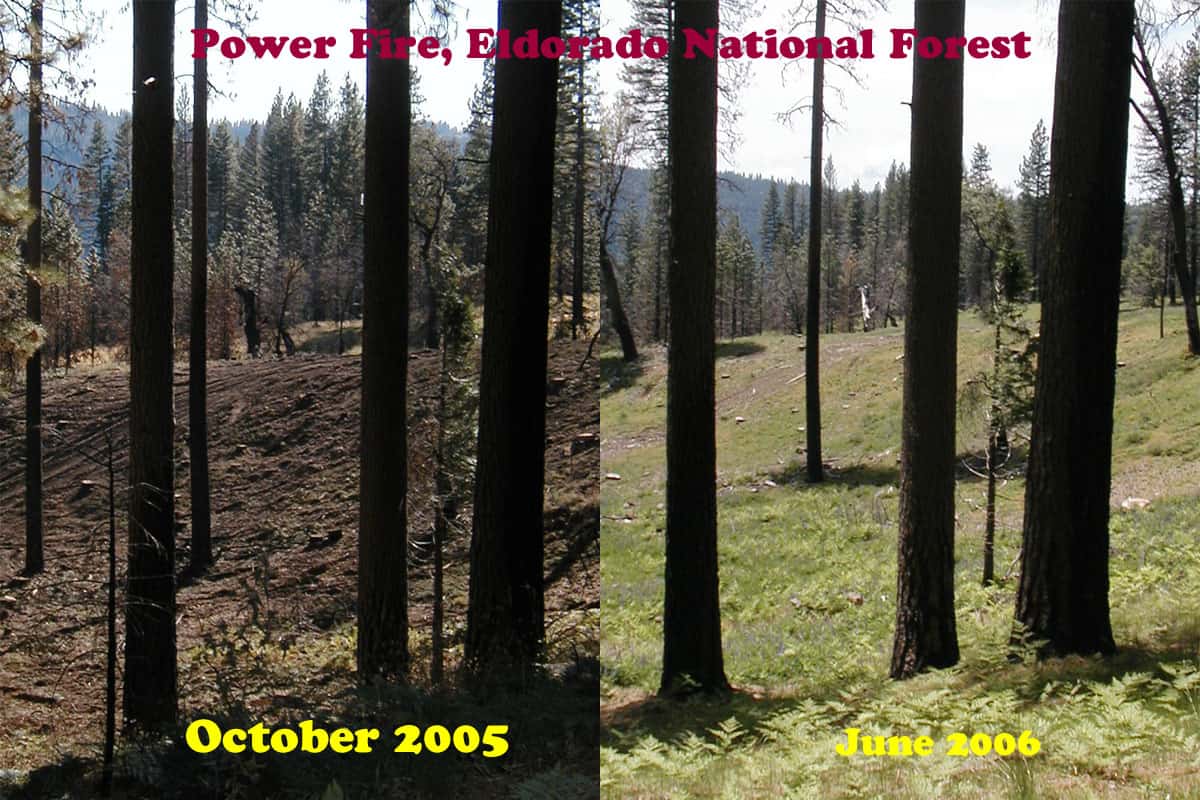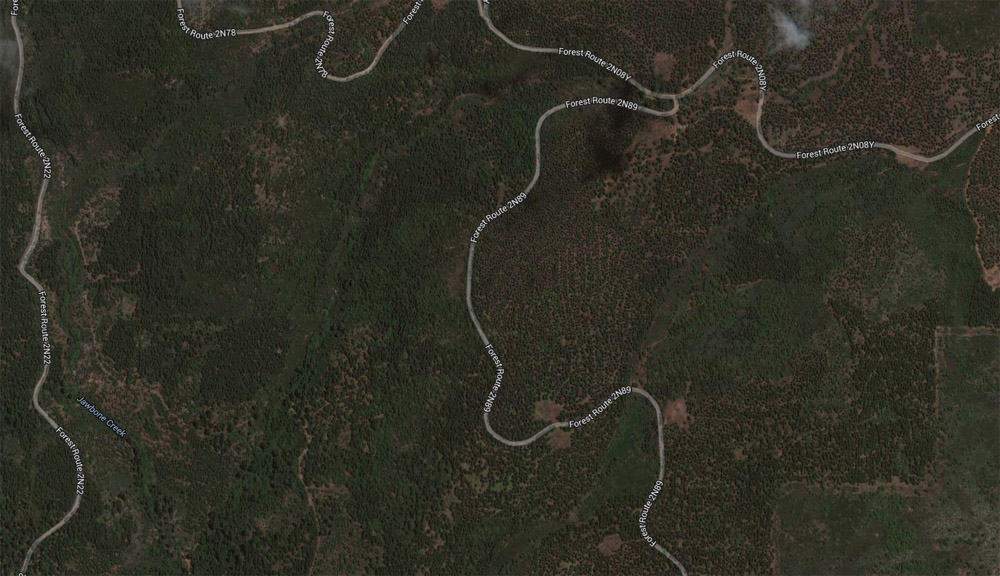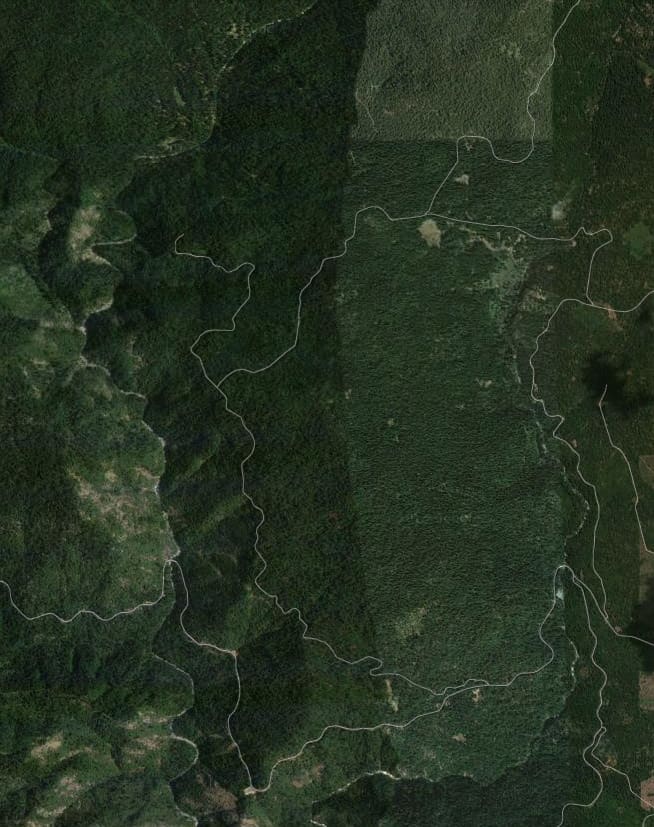Logic and an open mind shows a conservationist with a strict conservation easement and the land trust Montana Land Reliance the need for modifying their agreement to save a forest through sound forest management. This is an example of tailoring sound forest management to accommodate strong conservationist viewpoints while recognizing the shortsightedness of their original “blinders on” “no harvest and no logging” agreement in order to reduce the risk of loss and improve aesthetics. Where there is a common goal and a true love for the forest, blinders come off and the environment wins. See the Bitterroot Star.
Some quotes include:
– “The sixty-acre tract of land, located up the Tin Cup Creek drainage west of Darby, is owned by Stewart Brandborg, a longtime conservationist. A conservation easement was placed on the land to preserve it in its forested state. “It was a pretty strict easement,” said Brandborg, “to the extent of no harvest and no logging.” So why are they in there logging now, you might ask. To preserve the forest would be the short answer.”
– “The Brandborgs went to the Montana Land Reliance, the company that holds the easement on the property, and worked out a solution that was satisfactory to all concerned. It would allow some light-on-the-land forest thinning to take out the bug killed trees. A prescription was designed by John Wells, a professional forester, that would make for a healthier stand of trees and lessen the fire hazard while preserving the values which the conservation easement was designed to maintain. It was not designed for profit.” –> Note: Profit here is “Landowner Profit”
– “Two small landing areas were cleared where the down trees were hauled to be de-limbed, cut to length and sorted. There was a pile that would go to a small sawmill in Corvallis, a couple of other piles of #1 and #2 house logs, a pile to go to Porterbilt for posts and rails, a pile for Pyramid Lumber, a pile of firewood, and a pile of slash that could be chipped or burned on the spot when the job was done. Stoker said that keeping the destination of the product as close to the logging site as possible was the key to making the small operation profitable.” –> Note: Profit here is “Logger Profit” to keep his business going.
– ““The big thing we try to do is to see what we want it to look like in the long term,” said Stoker. “Then, like Michelangelo and the rock, we take out everything that doesn’t look like that picture.”
All the big yellow pines and the big fir trees were left. In fact, almost all the larger living trees on the place were left untouched. Lots of dead snags were also left for the benefit of wildlife. Big patches of thick growth were also left scattered through the area as refuge and bedding spots for big game and other animals.
“What I like is that you can see a lot of individual trees now,” said Stoker. He pointed to one large 400-year-old pine and said that close to 50 small Douglas fir trees from 15 to 30 feet tall were removed from around the base of the big pine. It not only gets more air and light, it might even survive a fire now that the “fire ladder” surrounding it has been removed.
Stoker said that the woods were so thick on this piece of land that it was hard to see anything.
“We also opened up some views,” said Stoker. “Now you can see some of those big yellow pines on the cliff and see the cliffs themselves. Before, the canopy was so thick that you couldn’t see anything from down here. I think it’s cool seeing the ice coming off the cliff like that. It’s beautiful.”
Stewart Brandborg remains an ardent conservationist. But he also believes that local loggers can still be put to work doing sound management for the health and well-being of the forest, and, with the right machinery, at the right time, and with the right amount of care, they can do it without destroying the landscape.”
